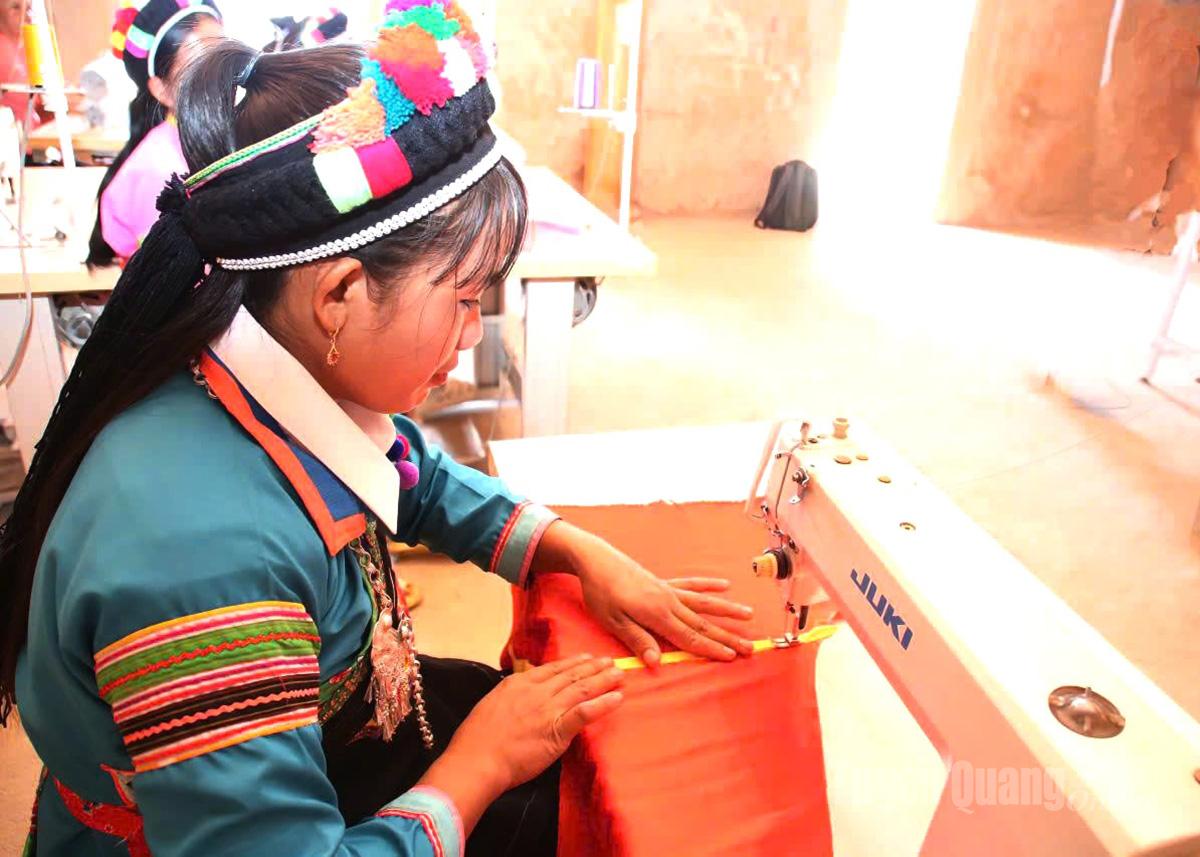 |
| Phu La women meticulously sew traditional costumes on bright red fabric. |
Festival season thread
In the middle of August, the sunshine of the rocky region poured honey down on the mountain slopes, golden light stretching from the deep valley to the top of the pass. The road to the village was lit up by clusters of wild flowers, and roofs loomed on the mountainside. The Phu La village was still peaceful as usual, but today it was more vibrant. From afar, the bright red dresses and sparkling silver light painted vivid streaks of color on the green background of the mountains and forests. Laughter mixed with the sound of flutes and drums echoed - signaling the coming of the festival season.
Phu La women's costumes stand out with indigo or black fabric, dotted with red, white, yellow, and blue patterns in an elaborate embroidery style. Tiny hand-sewn stitches hug each floral, bird, and stylized geometric pattern, both delicate and brilliant. The collar, sleeves, and hem of the skirt are edged with contrasting fabric, creating a striking yet harmonious look. Each outfit is a work of art, encapsulating the effort and affection of the woman. The women say that it can take several months, even a year, to complete a beautiful dress, because every step - from weaving, dyeing, cutting, sewing, to embroidery... is done by hand, while only on idle days do they have enough time to sit at the loom.
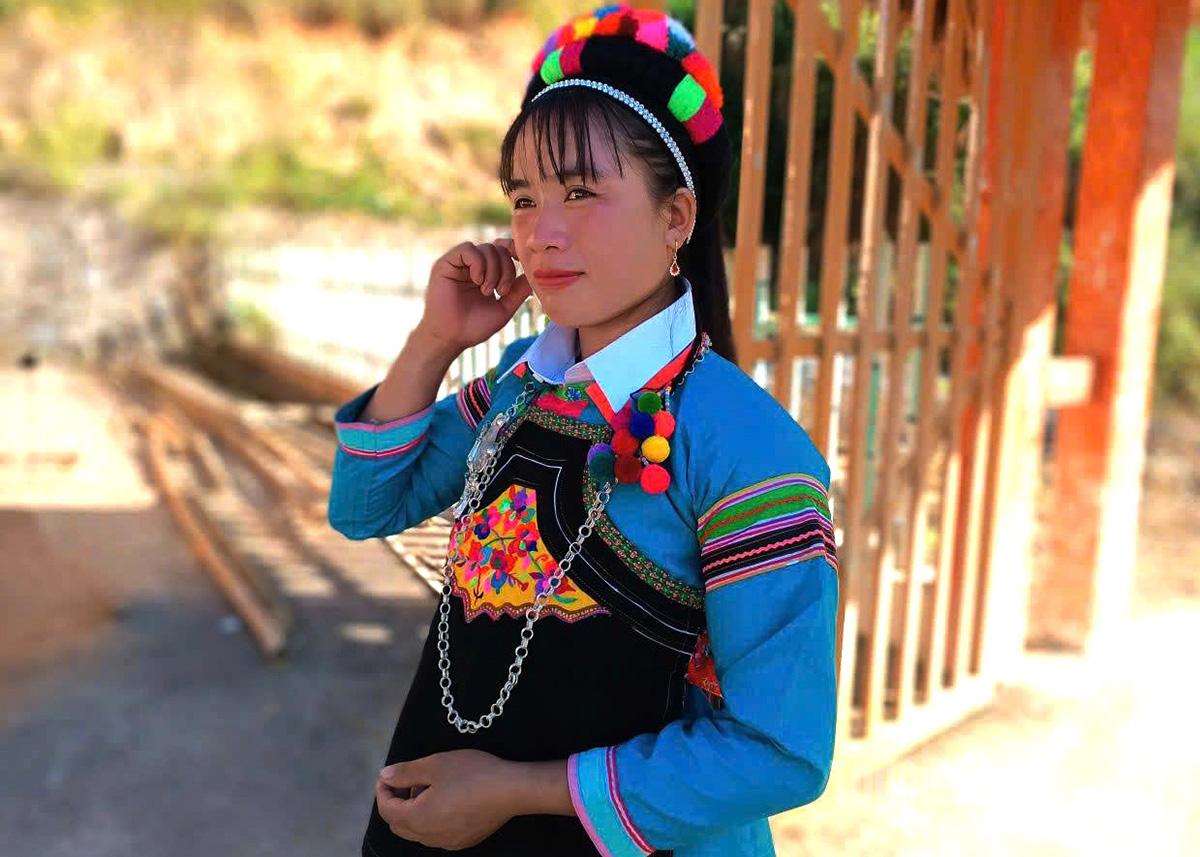 |
| Charming Phu La girls in colorful costumes. |
Not just clothes to wear, it is also a cultural mark, a “fabric epic” of each woman. Each pattern carries a story about the season, about flowers by the stream, about birds flying over the fields, or about memories associated with the village. Old Chang Van Pao, a Pu Peo village elder, looked at it and said: “The Phu La costumes have many elaborate features like our Pu Peo people, but their red-black color combination is stronger and brighter, like fire in the mountains and forests. Each shirt is a treasure of memories”.
If costumes are “maps of memory”, then festivals are “harmonies” where memories are awakened. During the year, Phu La people have many festivals, but the most bustling are Tet in July (si di) and Tet com moi (xa xi mi). This is an occasion to thank heaven, earth, ancestors, and celebrate a bountiful harvest. On each occasion, the village changes its clothes. From early morning, young girls put on their most beautiful costumes, with sparkling silver bracelets and headscarves decorated with soft fabric flowers. Young men also wear traditional ao dai, colorful belts, holding pipes and drums, preparing for dances and songs.
The sound of the festival is a combination of the sound of the flute calling friends, the pounding of drums, and the cheers of folk games. The aroma from the fire permeates the entire village - dried buffalo meat, freshly cooked corn cakes, and steaming pots of thang co. In the middle of the yard, the bright red circles rotate, blending with the sound of children's footsteps, cheers, and laughter.
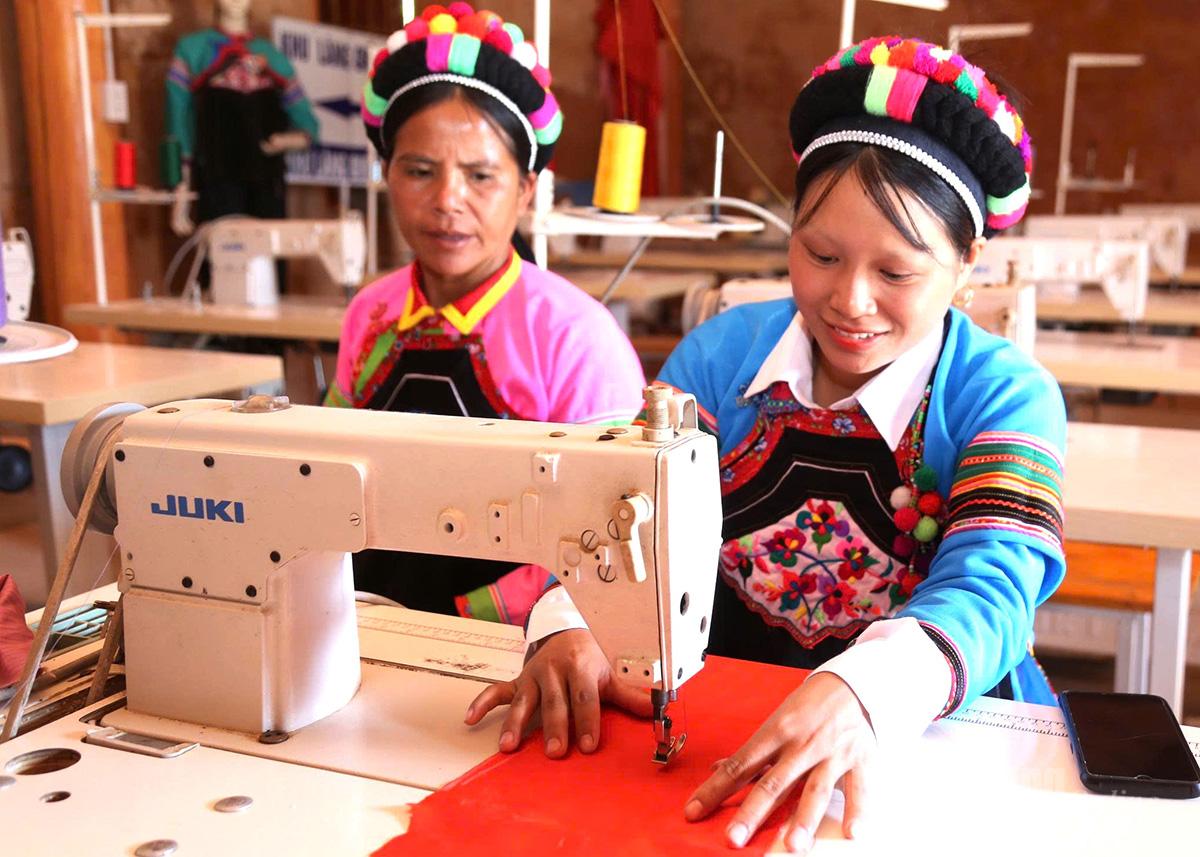 |
| Phu La artisan instructs the young generation in traditional costume sewing techniques. |
For tourists, that moment is a time travel. Ms. Nguyen Thi Mai Huong, a tourist from Hanoi , shared: “I have been to many highland areas, but this is the first time I have witnessed the Phu La festival. The colors of their costumes are so vibrant, each person seems to carry a piece of their own sky. Not only is it beautiful, it is also warm, close, making me feel welcome.”
Bright colors keep people staying
In the modern flow, when industrially made clothes are increasingly dominant, preserving and teaching traditional embroidery and costume sewing skills has become urgent. Many localities in Tuyen Quang have opened vocational training classes for young women, both to help them earn extra income and to maintain their identity. Some older artisans are also invited to participate in cultural events, demonstrating embroidery and fabric patching techniques, arousing pride and awareness of preservation for the next generation.
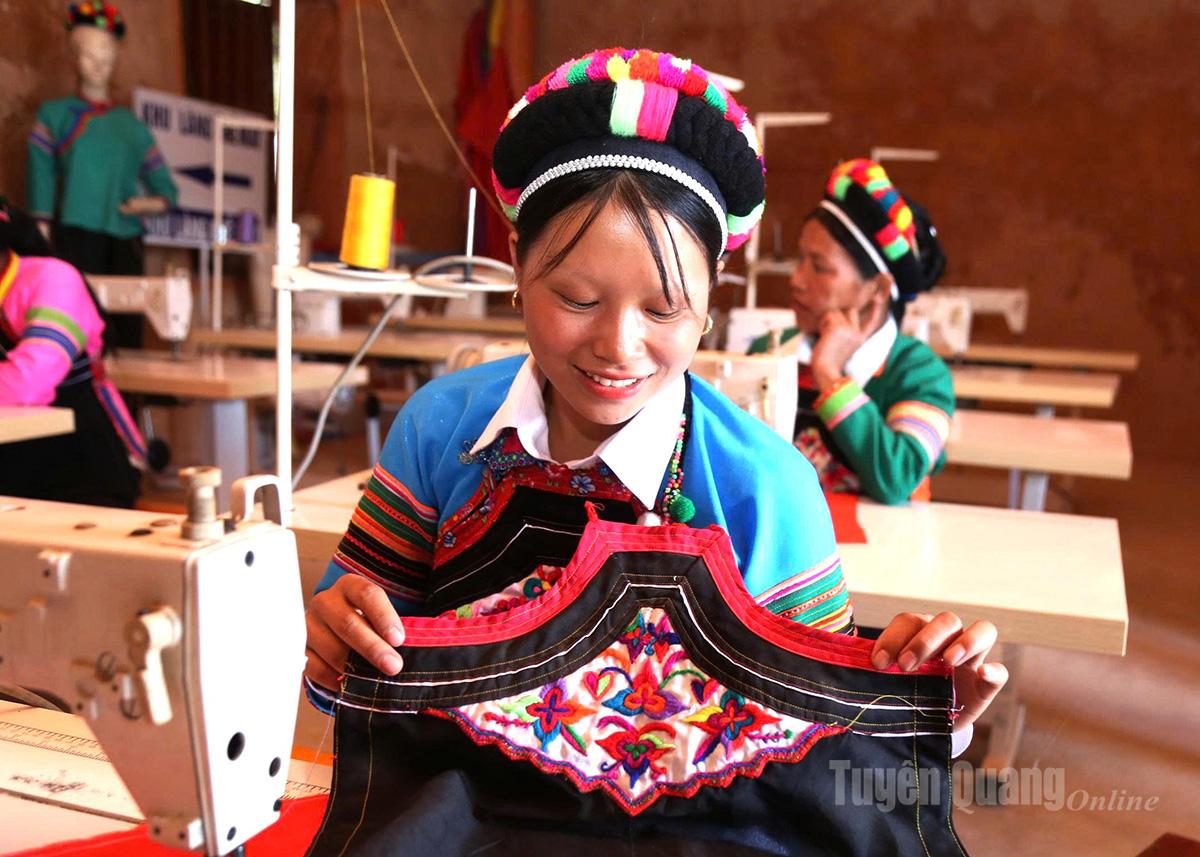 |
| The joy of a Phu La girl when completing the delicate hand-embroidered bib. |
Ms. Do Thi Huong, a Phu La ethnic person who grew up in the family tradition and customs of the village, and is now the Secretary of Pa Vay Su commune, Tuyen Quang province, shared: “For us, each traditional costume is not only a shirt to wear during festivals, but also a part of the soul of the nation. I always hope that people will wear this costume during festivals, weddings, Tet holidays, etc. so that the brocade color does not fade over time. Along with that, the commune also supports promoting products outside the province, to preserve the profession, increase income, and so that the colors of the mountains and forests will remain forever in the eyes of tourists.”
Preserving Phu La culture is not only about preserving beautiful costumes, but also about protecting the living space, customs, and folk knowledge associated with it. Community tourism , if planned harmoniously, can become a bridge to bring those colors closer to tourists, while also bringing income to the people themselves. When the red, yellow, and white colors still shine in the sun, when the sounds of flutes and drums still echo on the mountainside, that is when Phu La culture is still being fueled to survive in the mountainous region.
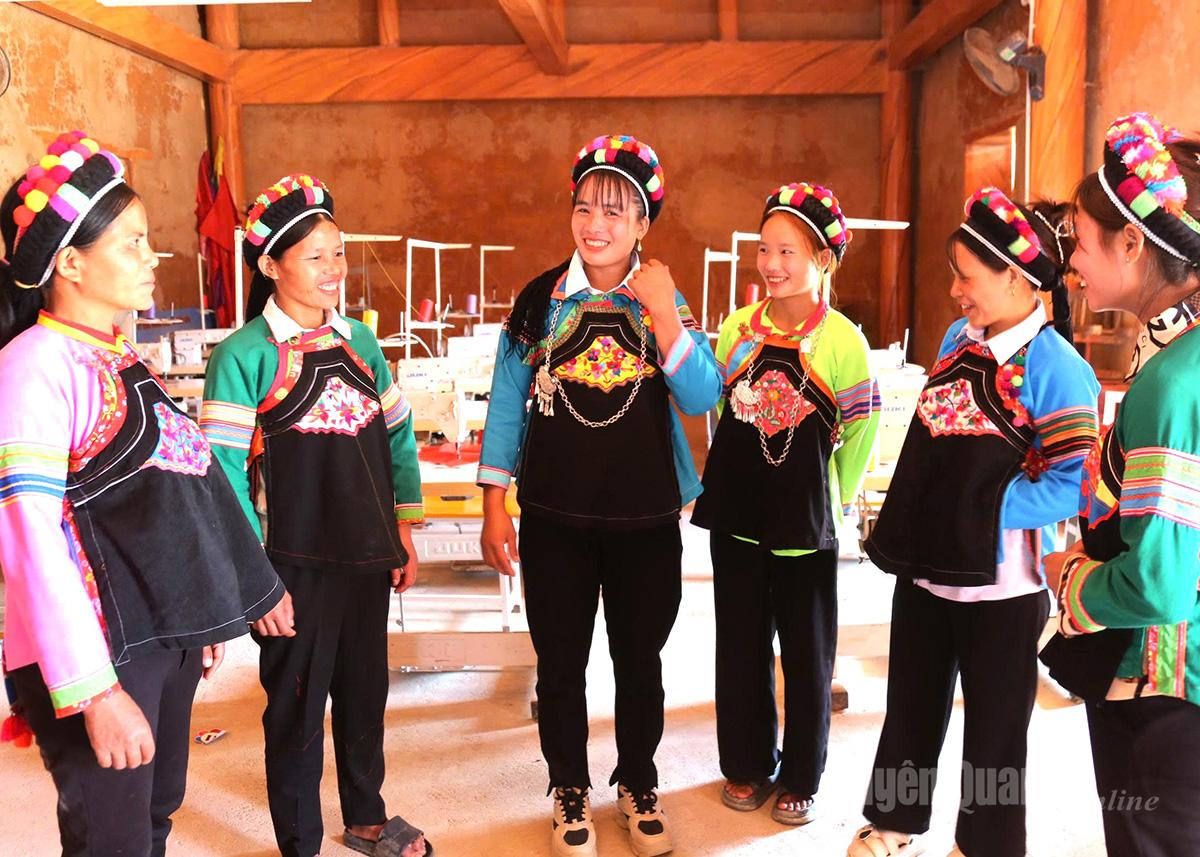 |
| Phu La women in sewing class, together preserving and passing on traditional embroidery. |
And so, in the last afternoon of the festival, when the sun was still pouring gold on the mountainside, the skirts still swayed with the footsteps returning to the village. The red, yellow, and white colors intertwined, as if affirming that - amidst all the changes, there are still colors that cannot fade. That color is not only on the fabric, but also in the hearts of the Phu La people - the color of pride, of memory, and of a culture that is being kept alive in the northernmost highlands of the Fatherland.
Article and photos: Duc Quy
Source: https://baotuyenquang.com.vn/van-hoa/du-lich/202508/sac-do-mien-son-cuoc-khi-nguoi-phu-la-khoac-len-mua-le-hoi-5f724f1/




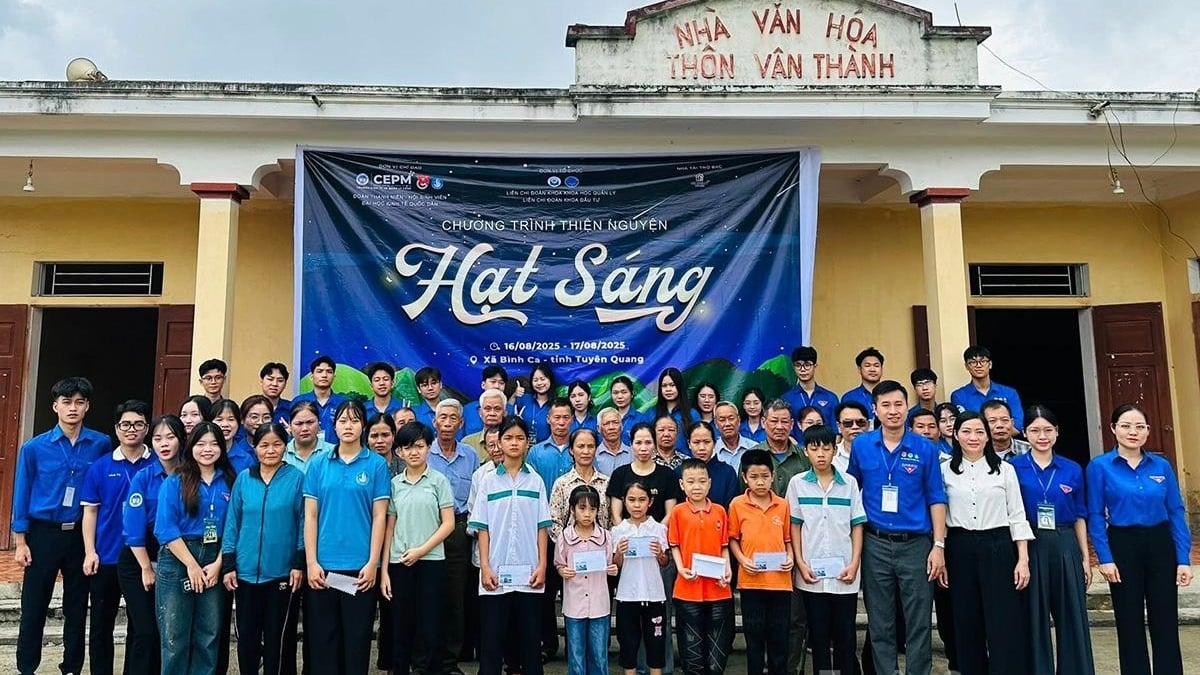
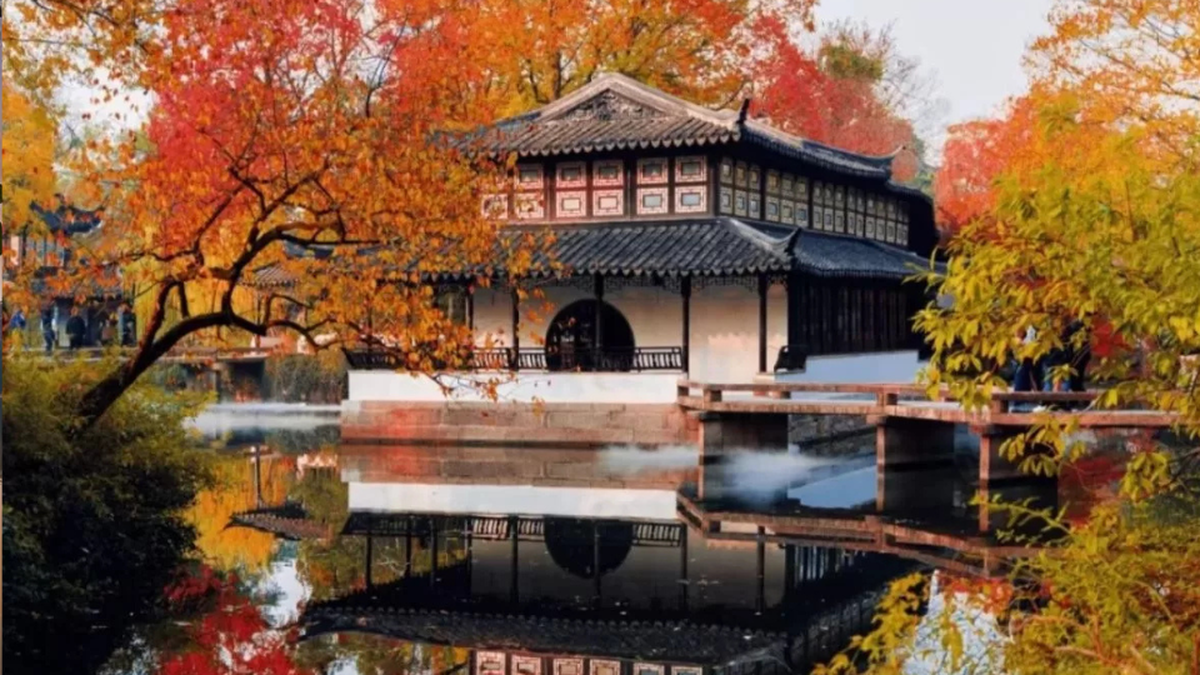
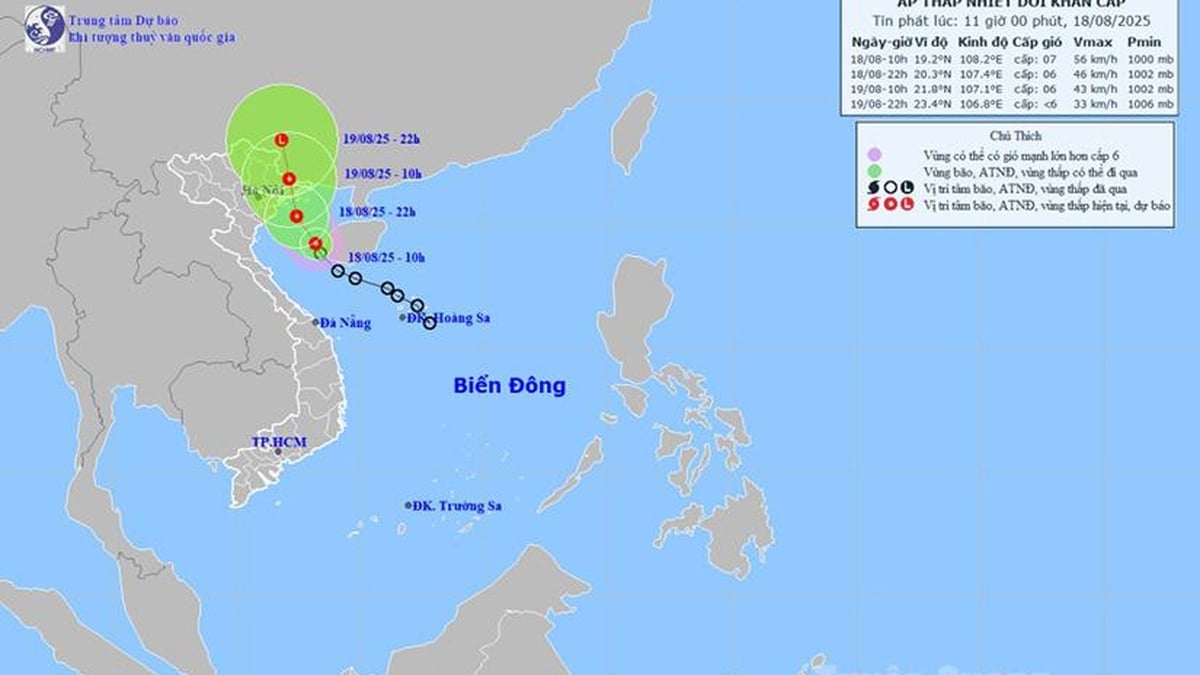
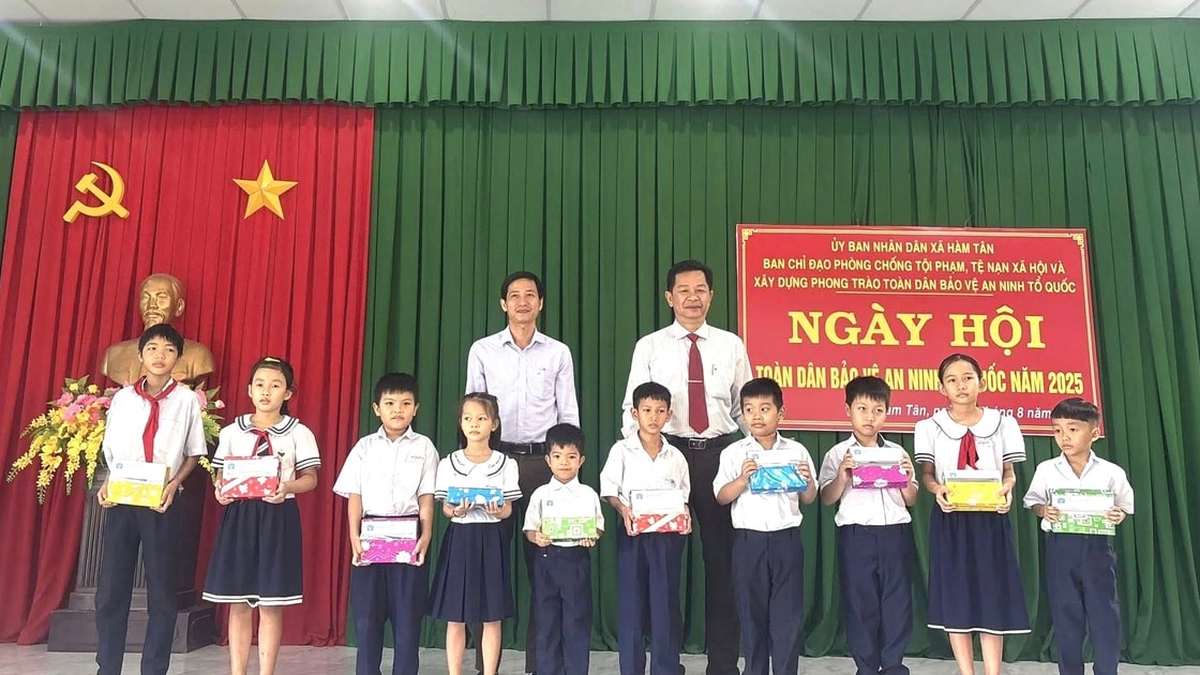
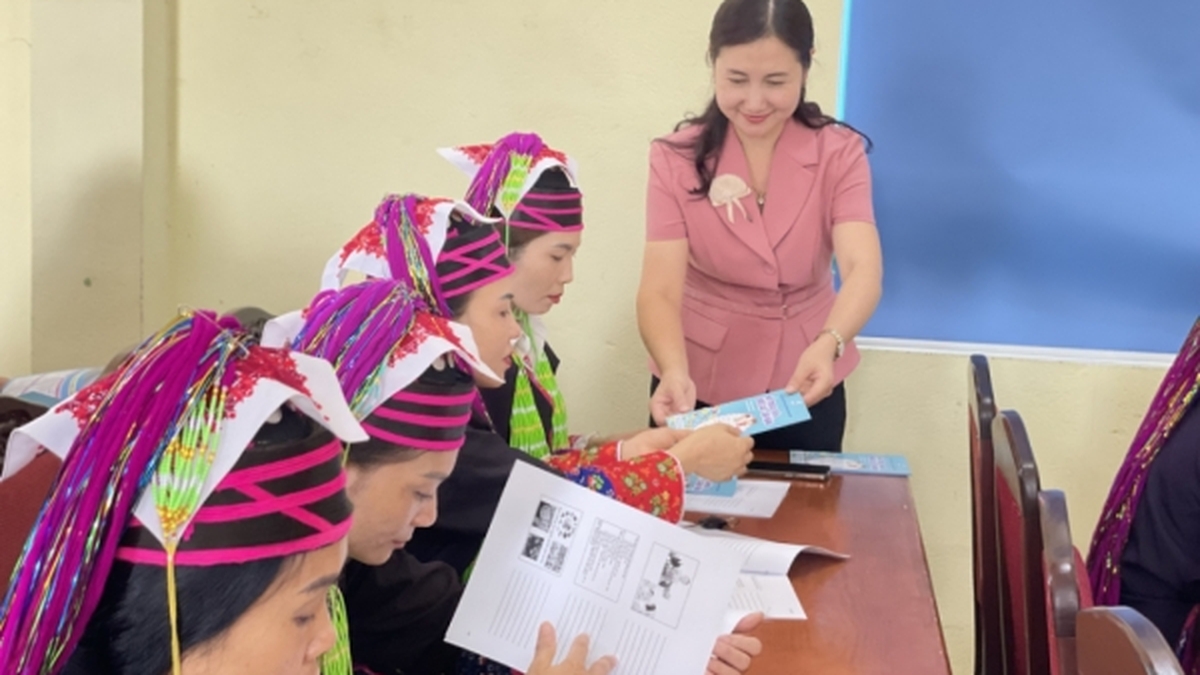
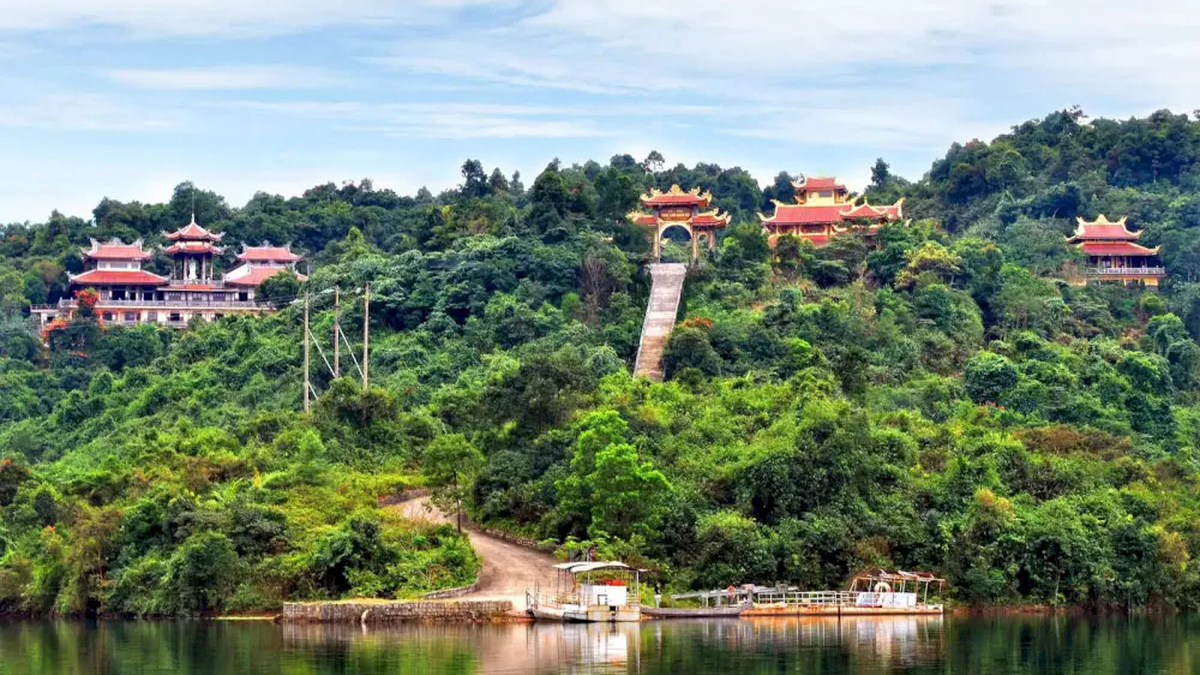
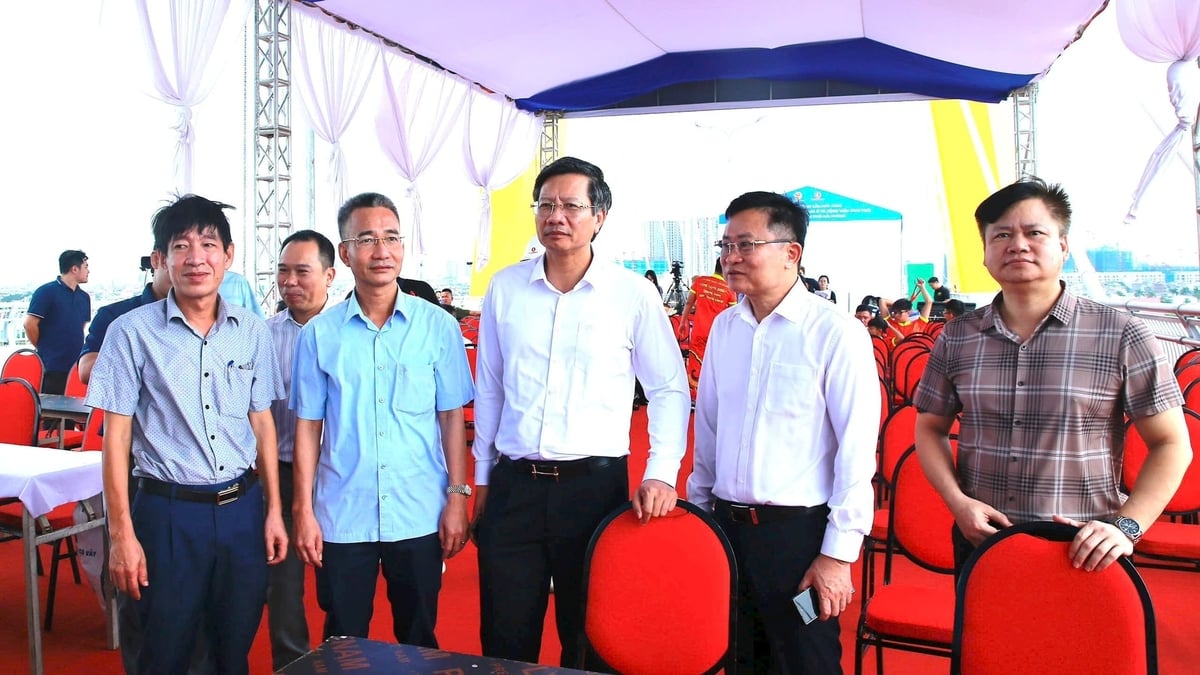
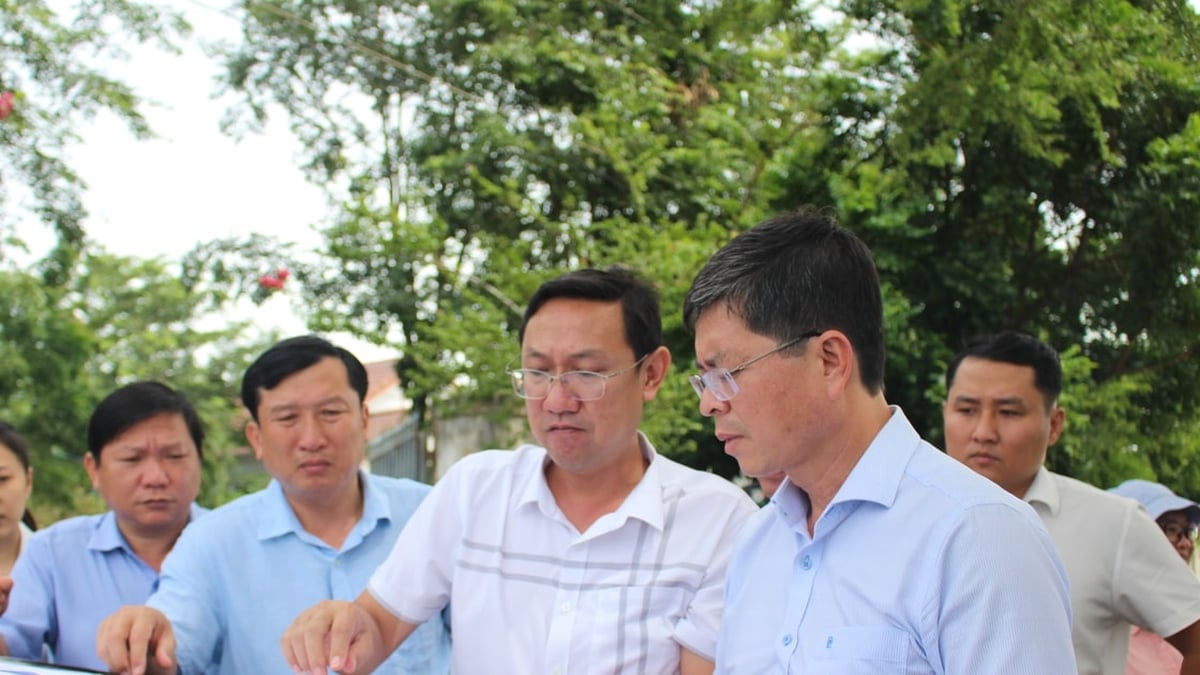










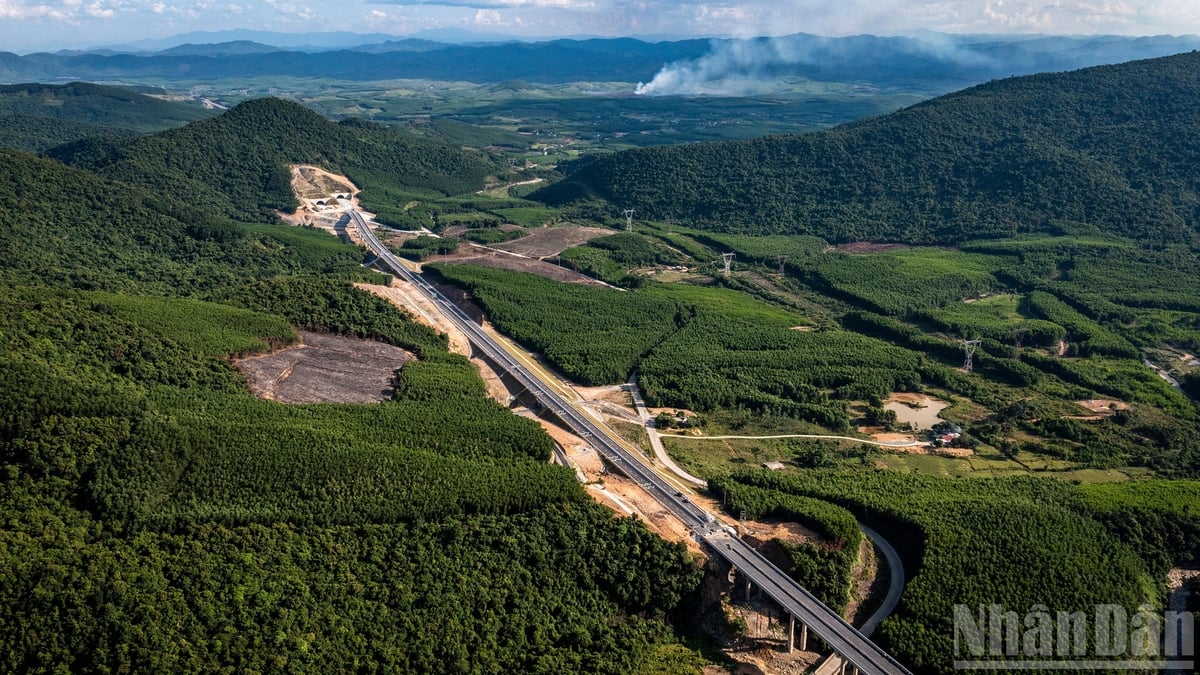
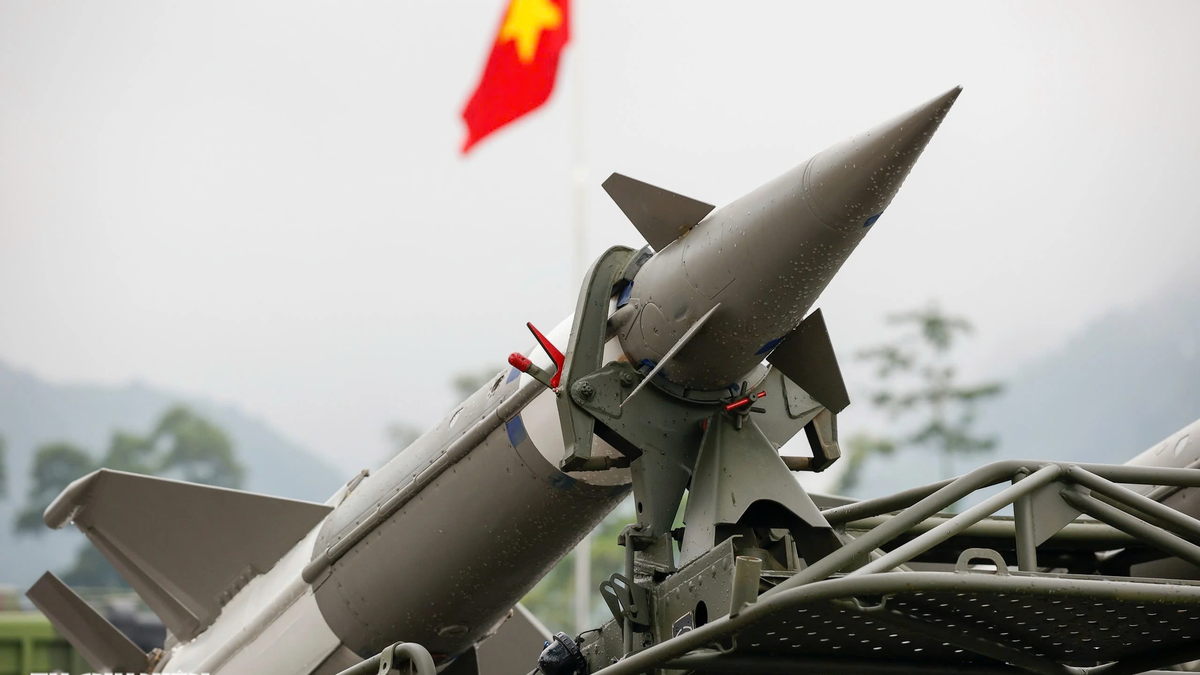
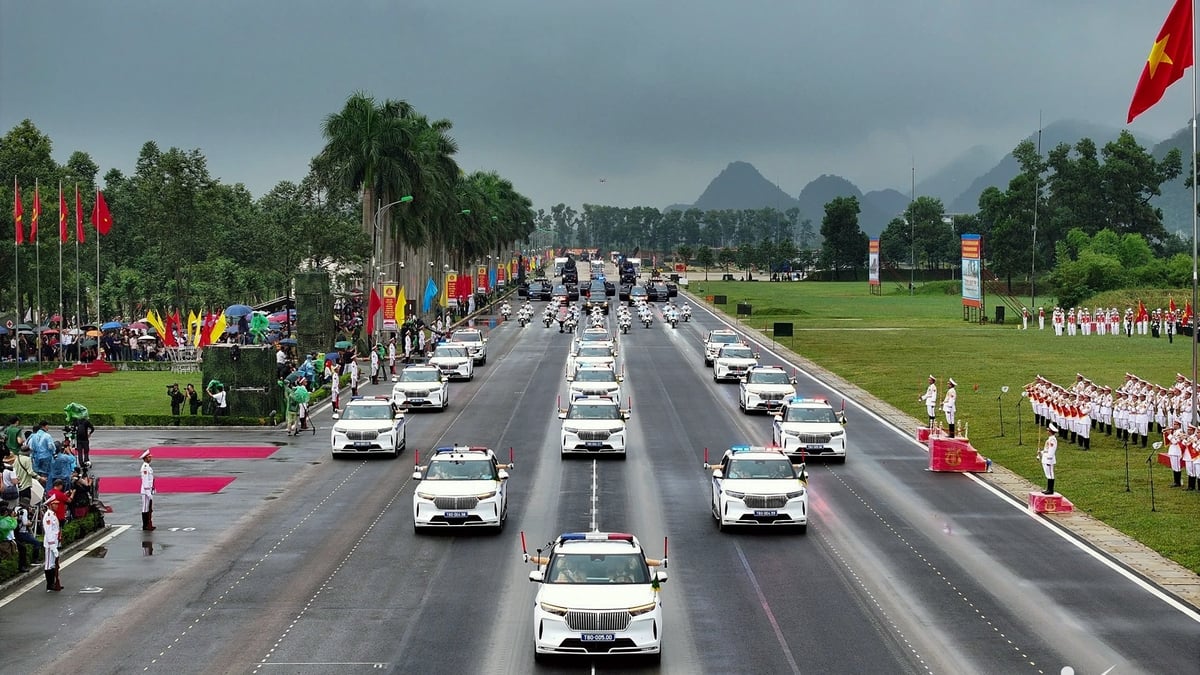
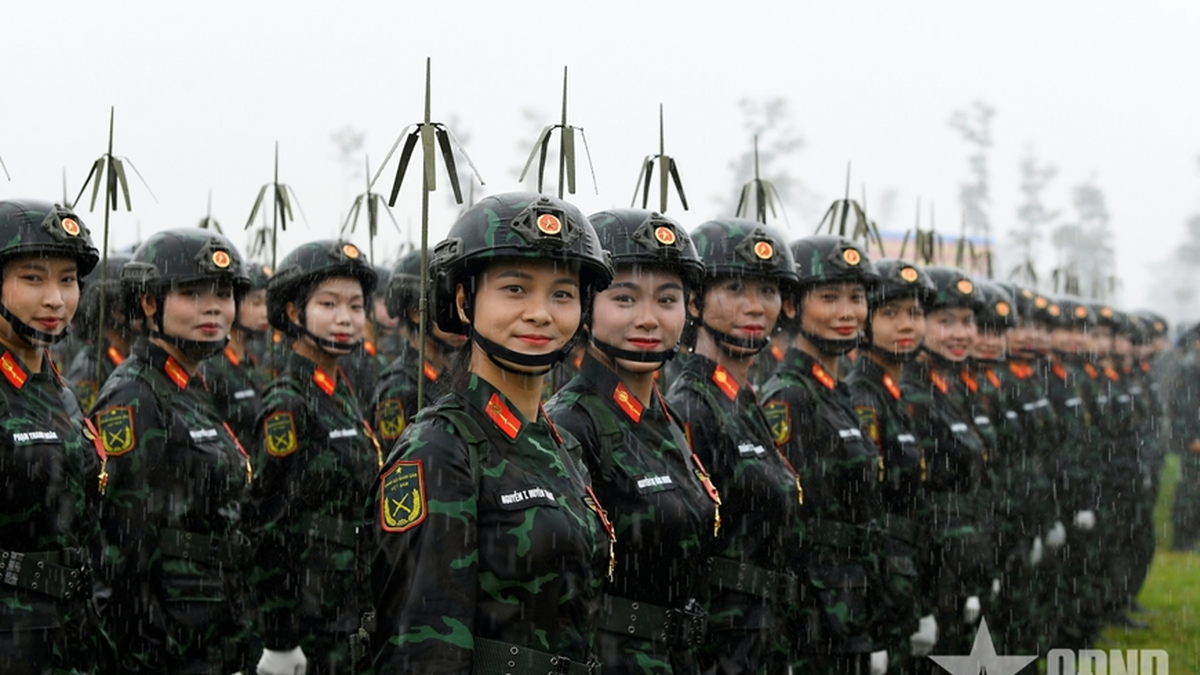
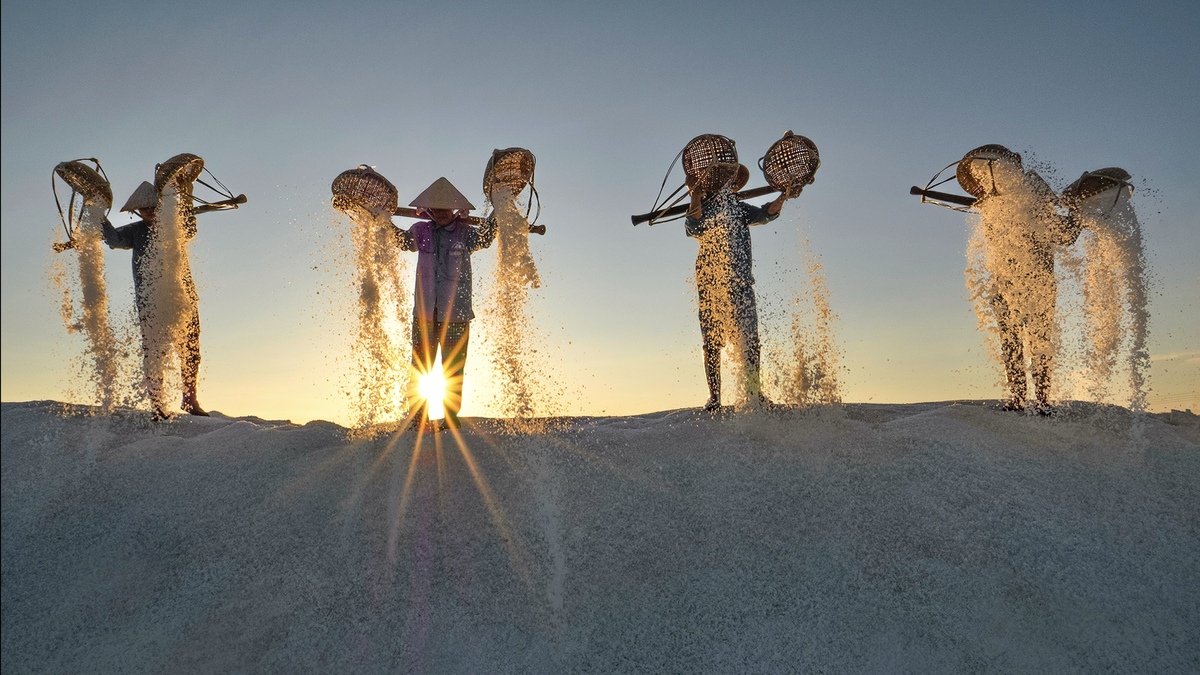

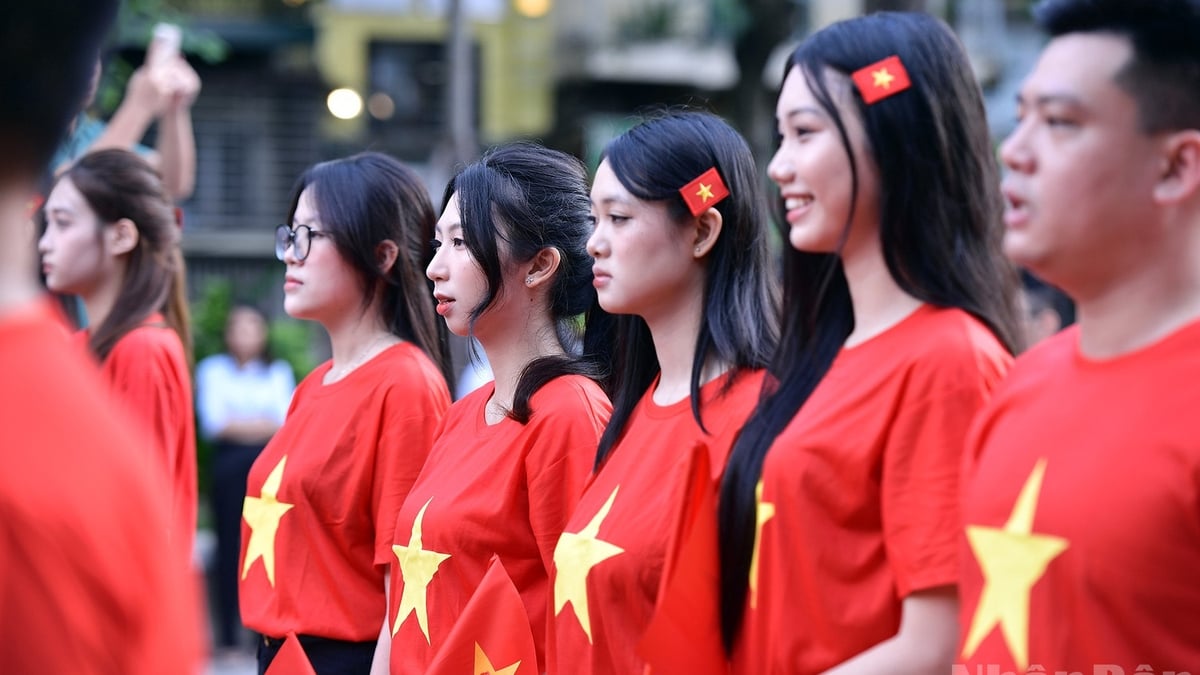
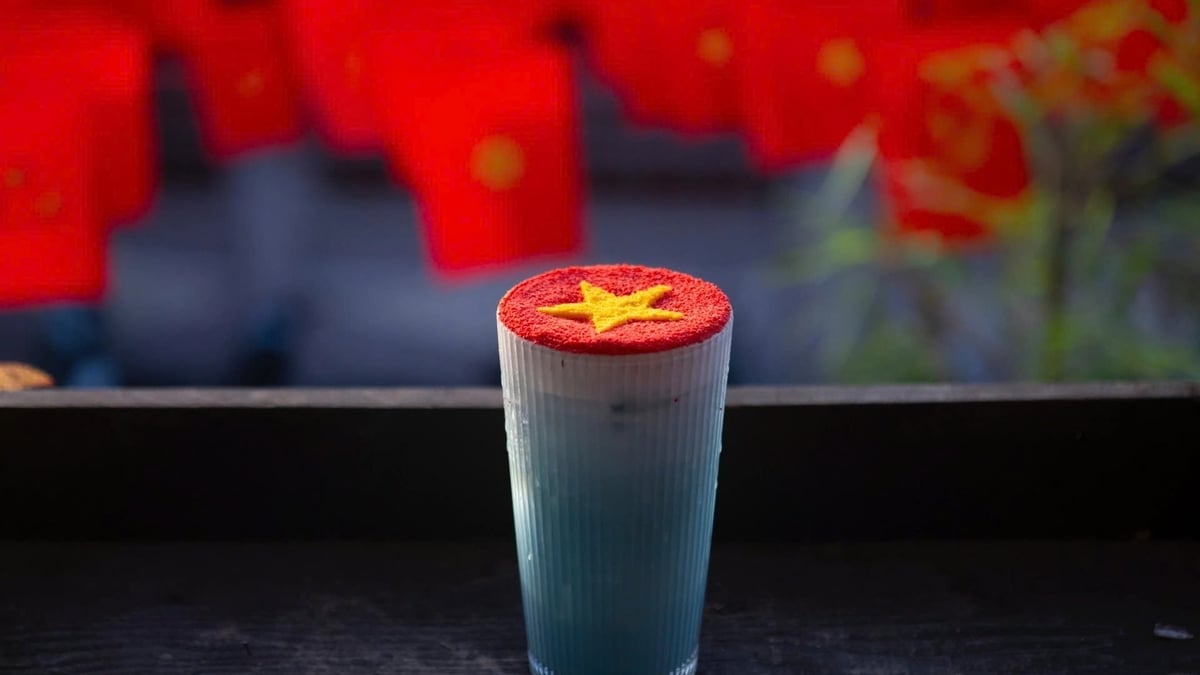

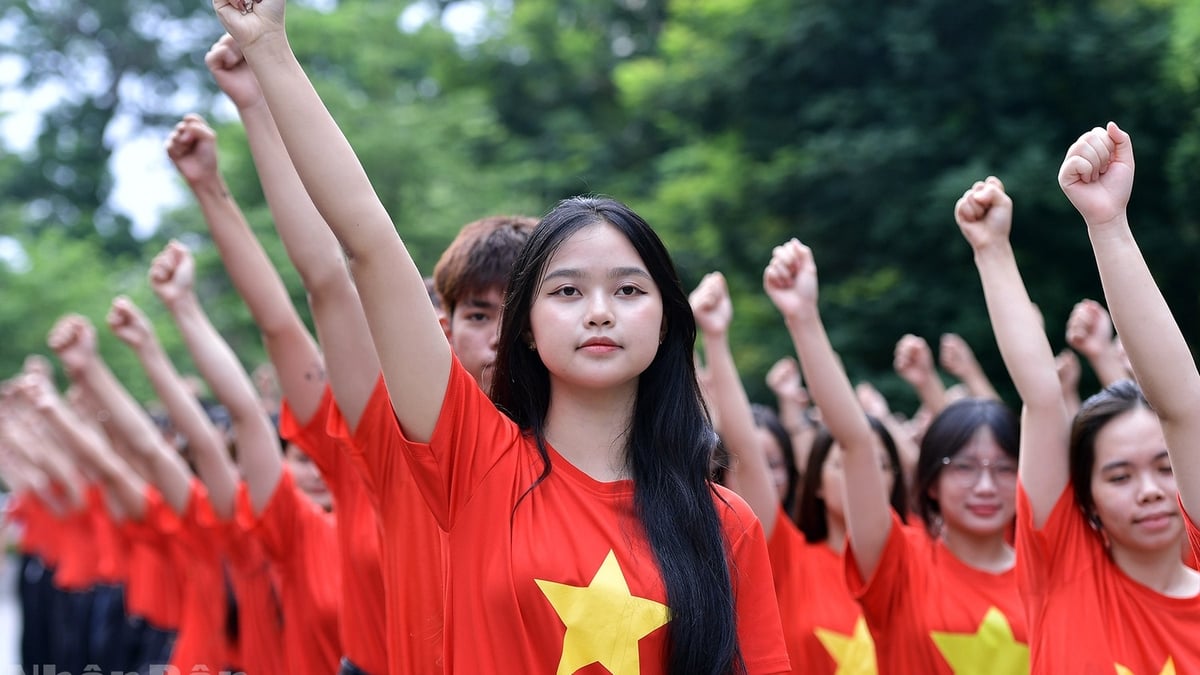
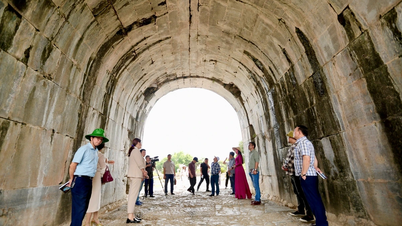



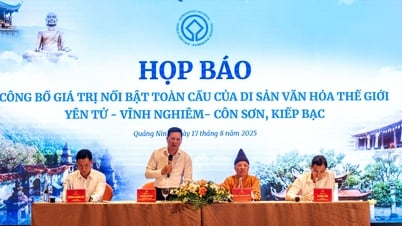

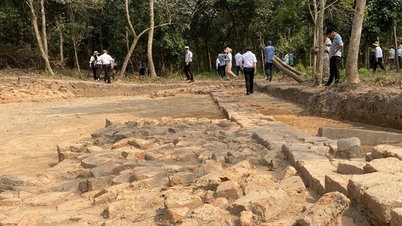



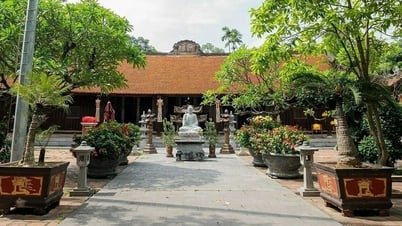

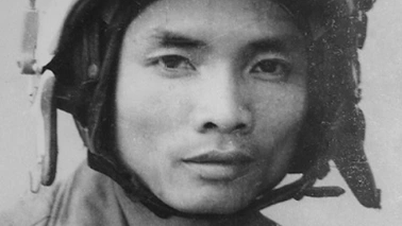

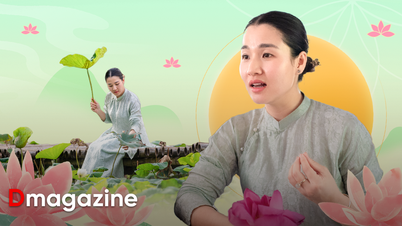

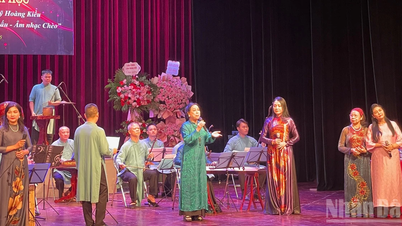










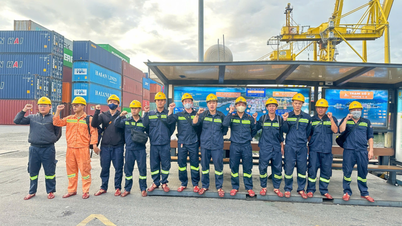

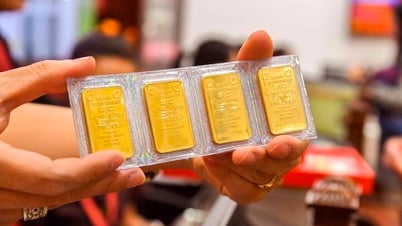

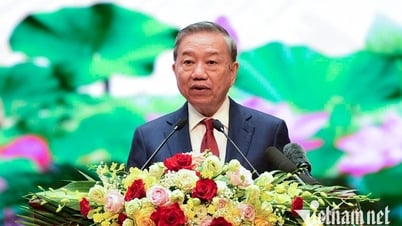

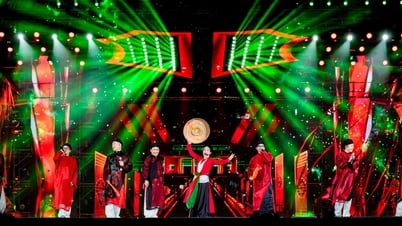





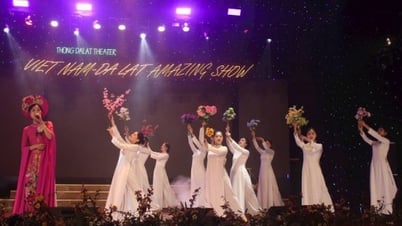




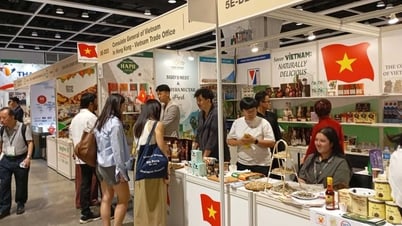









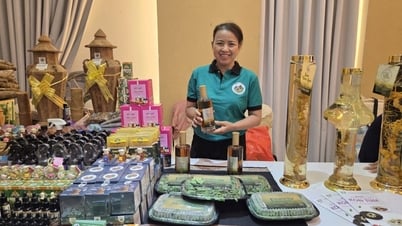

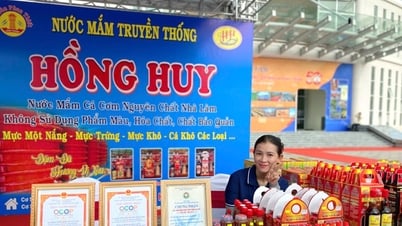







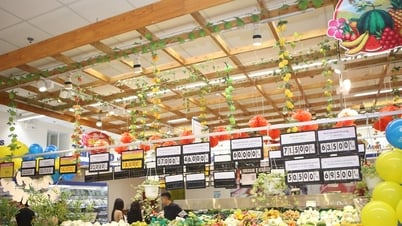



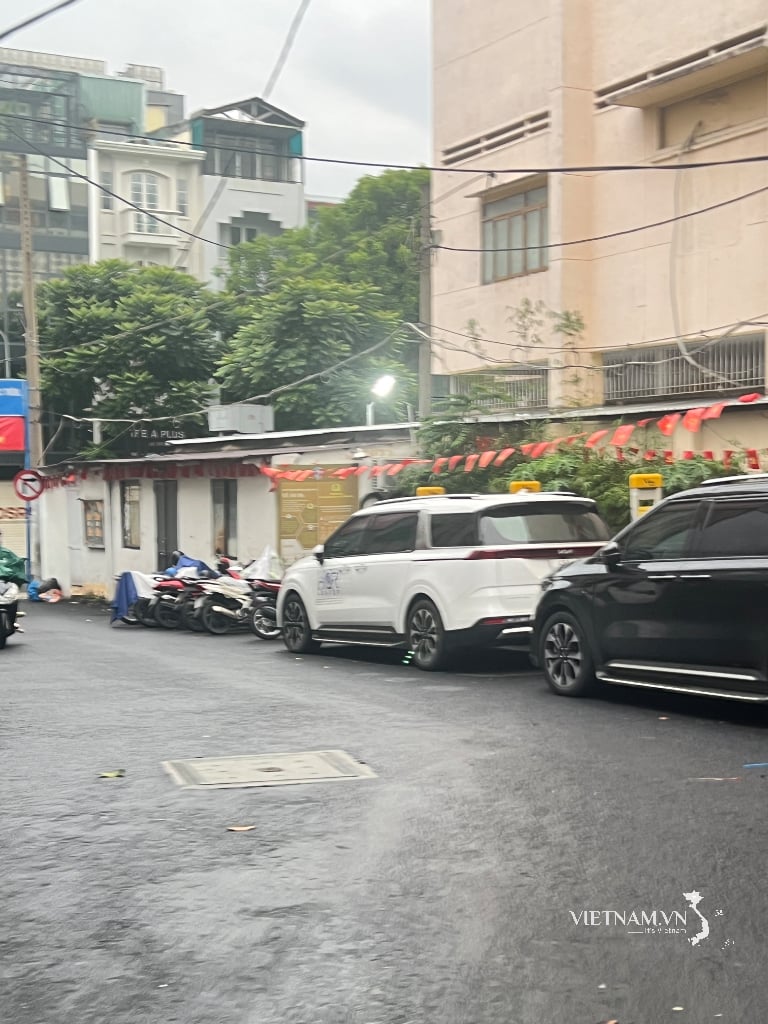
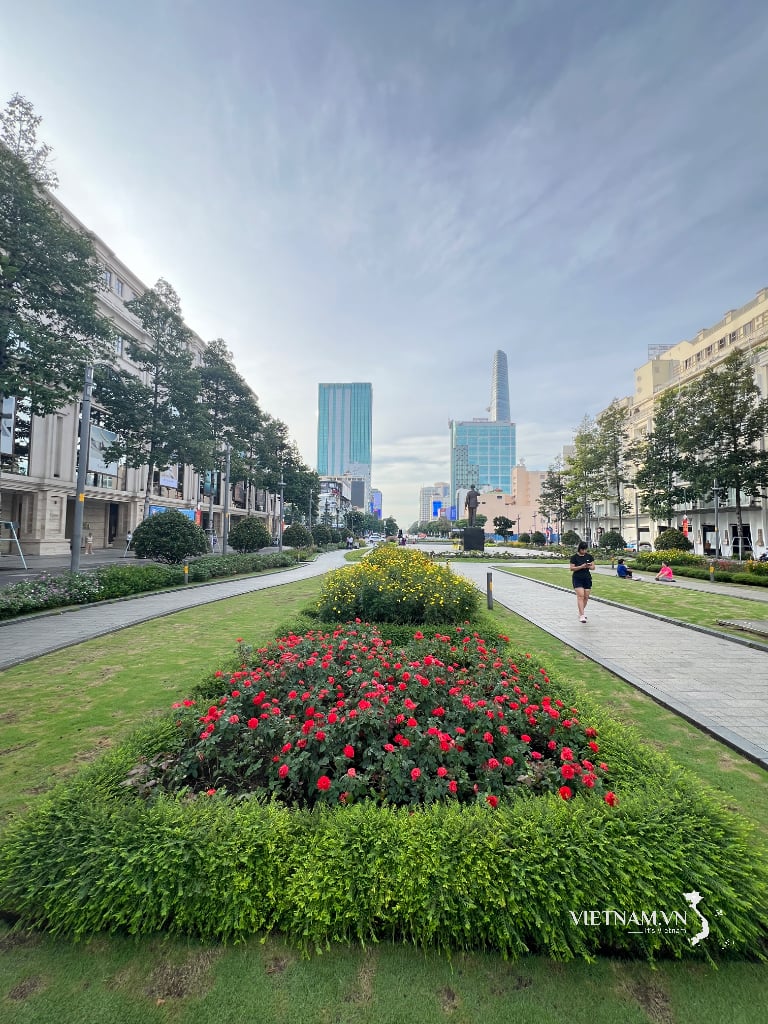
Comment (0)